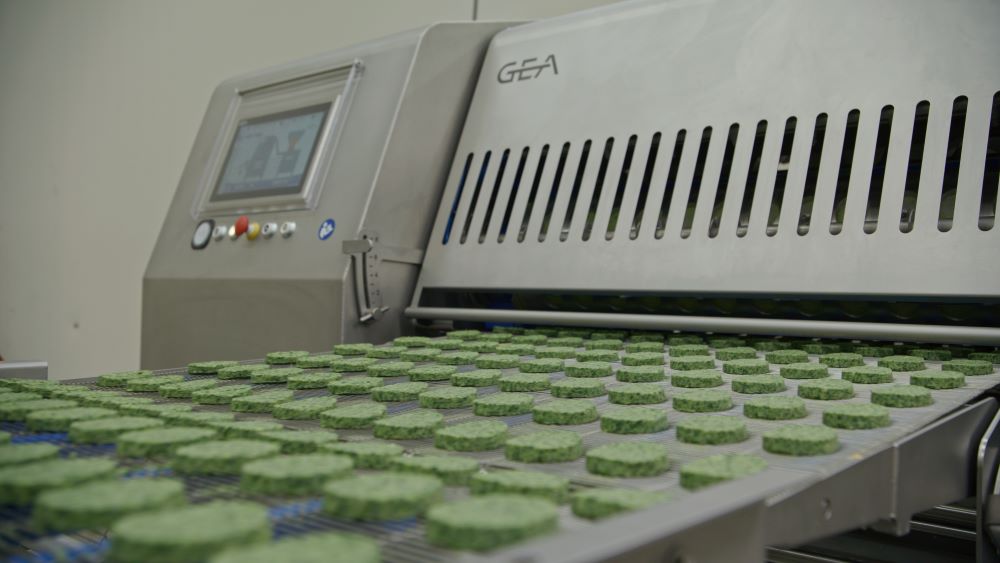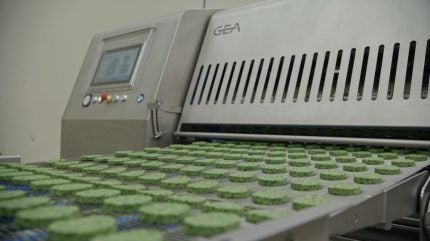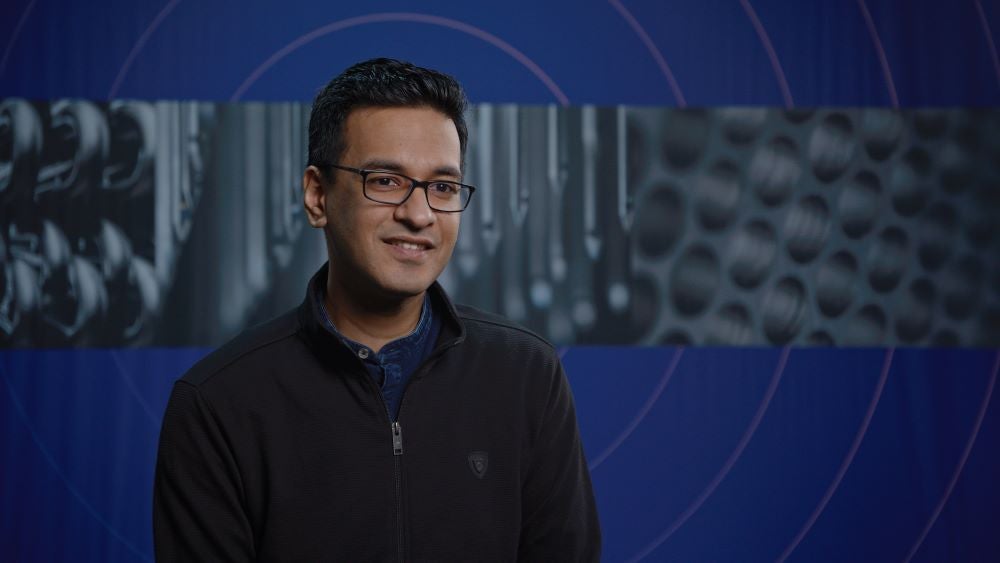

The global demand for alternative protein has surged significantly in recent times and is expected to continue growing in both developed and developing countries. Food processing companies are concentrating on optimising their processes to enhance efficiency, repeatability, and consistency. Additionally, these companies aim to reduce waste and improve sustainability, all while maintaining cost-effectiveness.
Furthermore, there is a growing desire to be more creative with ingredients to deliver the desired taste, texture, and visual features of meats without relying on multiple additives or undesirable ingredients to meet consumer demand.
Rachit R. Mathur, product owner for Forming machines at Netherlands-based food processing firm GEA, reflects on some of the trends shaping this fast-growing new food industry and highlights the fundamental importance of advancing technological solutions to cater for new tastes and appetites.

For the consumer, the interest in alternative proteins is mainly seen from a health and sustainability perspective. In a recent survey by market intelligence firm GlobalData, 43% of respondents said they were trying plant-based meat-free alternatives because they believed they were healthier; and 38% because they were more environmentally friendly or sustainable.
This view is supported by a study by the charity The Food Foundation, which found alternative meat products perform well nutritionally and in most – but not all – cases contain fewer calories, less saturated fat, and more fiber. Additionally, the study found that production of meat substitutes involves fewer greenhouse gas emissions and less water than traditional meat products.
Lots of experimentation
“There is such a wide variety of alternative protein products right now,” says Mathur. “Plant-based meat mimics are definitely still the most common type of alternative protein and have a wide range of applications. Soya bean has been used for making the traditional TVP (Textured Vegetable Protein), but you can make a TVP out of wheat, peas, beans, amongst other things.
“We are at a time of experimentation, where manufacturers are looking to try different and new combinations – even mixing meats with plant-based TVP to form a hybrid. Insect-based protein and lab-cultured meat will gain traction eventually, but these new foods are still very much in pilot mode.”
Producing large quantities of these popular fast food items at minimal costs necessitates that production processes be consistent, repeatable, flexible, predictable, and lean, requiring minimal human intervention. Even the slightest changes in such processes can impact end-product quality and overall costs.
“The boom we see in demand for alternative proteins is relatively new,” Mathur says. Furthermore, “the knowledge and understanding of how to handle these raw materials, how to operate these machines, is much concentrated. At GEA, we have the expertise to help our customers innovate and develop new alternative protein products. We offer end-to-end solutions for processing.”
Achieving the holy grail – greater filing accuracy, less waste and consistent quality
GEA addresses these challenges effectively by providing end-to-end holistic solutions to our customers. One such solution is the MaxiFormer Concept. MaxiFormer is a high-capacity, high-consistency drum former that minimises the total cost of ownership for food processors with a significant focus on waste reduction and sustainability. This technology has been validated for forming a wide variety of applications such as poultry, cheese, fish, potato, vegan, vegetarian, and plant-based foods in 2D, 3D, natural, and fantasy forms.
“We reached out to many of our customers and took practical measurements to establish where we stood compared with our competition,” adds Mathur. “By undertaking these campaigns, we were able to understand industry priorities and create technology that creates a more efficient knock-out system, uses less water, and consistently delivers better quality.
“Furthermore, with the support and collaboration of our customers and their feedback, we have developed this technology, which features a distinctive drum design, a unique patented filling process, and streamlined software communication within the system to achieve exceptional and consistent quality output. As a result, our customers save a significant amount due to up to 1.7% lower product giveaways, water consumption reduction, and long continuous reliable production cycles. Additionally, our drum cleaning system, the MaxiClean, helps our customers save up to 600,000 liters of water annually relative to comparable solutions available in the market.”
Mathur explains that most of the water savings come from hot water. Compared to the previous version of the technology, the new MaxiFormer Concept saves more than 62% more water annually for our customers. This has enabled the MaxiFormer to achieve an Add-Better certification, backed by hard facts and third-party validation through TÜV. For these reasons, the MaxiFormer performs strongly in terms of total cost of ownership (TCO), which is helpful in keeping industry costs down for customers.
The critical role of mixing technology
For the forming process to be successful, the mix must meet a few different criteria. Get it wrong and productivity will be seriously affected. The product must be chilled to precisely the right level of crystallisation before forming: too little crystallisation and the product will be too soft to be transported down the line and meat will penetrate the porous material of the drum, resulting in more cleaning and less uptime. Too much crystallization and the flow of mass will be insufficient, the increased pressure will damage the meat structure and affect the stability of the product, and the system will require additional cleaning. Additionally, many products contain phosphate and salts that bind in water. The aim is to use the minimum of binding agent while still retaining the required level of water within the product. It has to be just right.
“By measuring the torque within the mixer as the product is chilled, GEA engineers can help customers to hit the optimum level of chilling every time, taking the guesswork away and allowing the MaxiFormer to run continuously for many hours without clogging. If customers experience difficulties in getting the mix right, GEA food technologists will work with them, until it’s perfect,” says Mathur.
Drum forming equipment for alternative proteins
Mathur highlights three main benefits of the MaxiFormer system from an alternative protein perspective:
- Diversity of Products: The MaxiFormer can process a wide range of products, including potato, spinach, cheese, plant-based products, and alternative meat or ‘meat mimics.’
- Total Cost of Ownership: MaxiFormer offers the lowest total cost of ownership in the market.
- Sustainability: The system is industry-leading in terms of sustainability.
Finally, Mathur emphasises that GEA’s quality service and after-sales support are further strengths that provide a competitive edge. “We have built a strong reputation for excellent after-sales service for our customers everywhere in the world,” he says. “We know that our equipment performs well. We also know we can help our customers maintain that performance throughout its operating lifetime.”
Discover how GEA’s expertise and technology can support your success in plant-based food in the whitepaper below.

